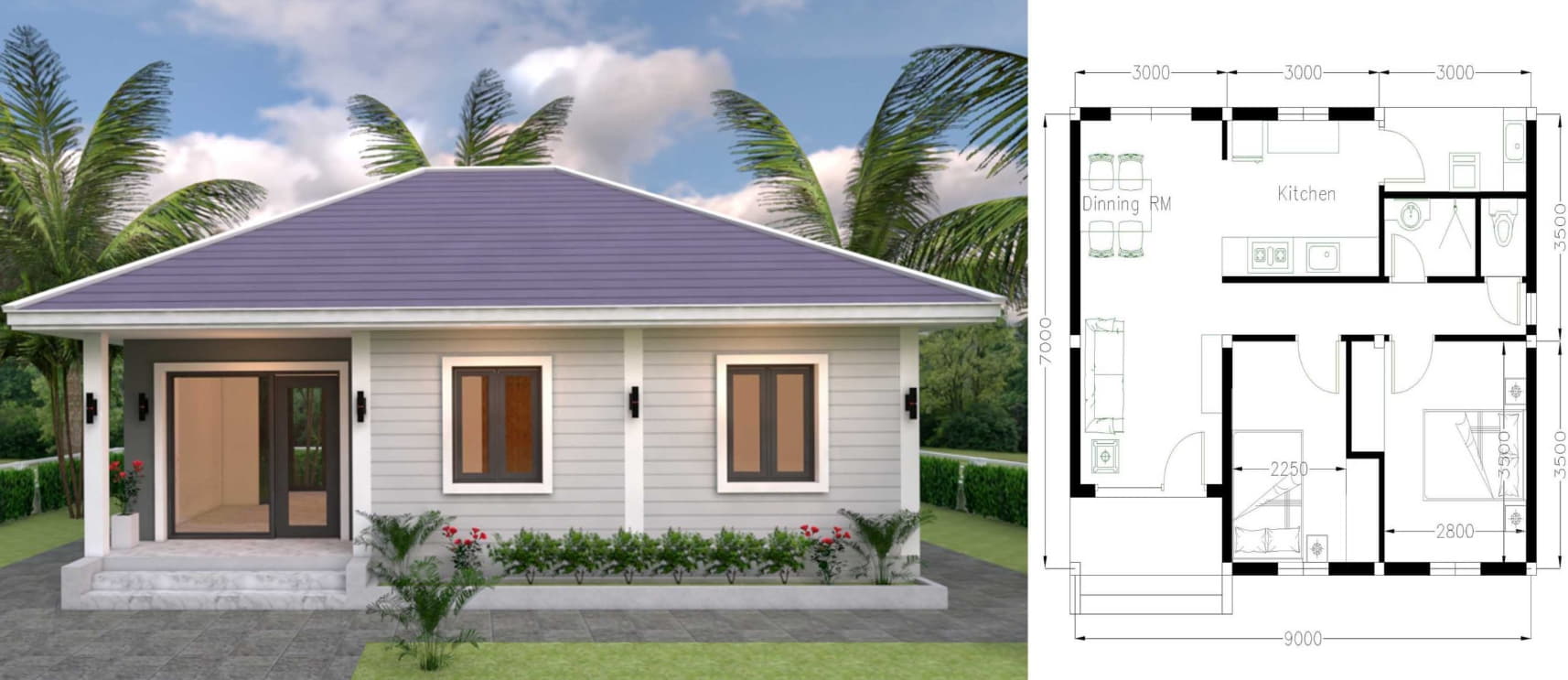A roof is more than just a cover for your house. It’s a complex system designed to protect, insulate, and maintain the structural integrity of your home. At the heart of this system is the structural roof plan, a critical element in any architectural design. A good understanding of its key components and their functions can help homeowners, builders, and architects create more efficient and durable roofs.
Essential Elements of a Roofing Blueprint
Roof Framing
The framing is the skeleton of the roof, providing its basic shape and structure. It’s typically made up of rafters, which are the sloping beams that hold up the roof, and joists, the horizontal pieces that connect the rafters at the bottom. The framework should be designed to bear the weight of the roof and any additional loads, such as snow or wind.
Roof Decking
Decking, also known as sheathing, is the layer of material attached to the roof frame. It serves as a base for the roof covering and adds an extra layer of protection against the elements. Common materials for decking include plywood and oriented strand board (OSB).
Underlayment
This is a protective layer installed over the decking before the final covering is applied. It acts as a secondary barrier against water and wind, preventing leaks and damage to the decking. Most underlayments are made from synthetic materials or felt.
Roof Covering
It is the outermost layer of the roof, directly exposed to the elements. It must be durable and weather-resistant to protect the underlying structure from damage. Common types of coverings include shingles, tiles, metal, and membrane roofing.
Functions of the Roofing Blueprint Components
The components of a roofing blueprint each have specific functions. The roof framing provides structural support, bearing the weight of all other parts of the roof and any added loads. The decking creates a stable base for the roofing covering and provides additional weather protection.
The underlayment acts as a second line of defence against water and wind, protecting the decking from leaks and wind damage. Finally, the covering is the building’s first line of defence against the weather. It must be sturdy enough to withstand rain, wind, snow, and sun, while also contributing to the aesthetic appeal of the house.
Conclusion
Every component of a structural roof plan plays a crucial role in maintaining the overall integrity and functionality of a roof. Understanding these elements can be helpful for homeowners, architects, and builders to make informed decisions when designing, constructing, or renovating a roof.

